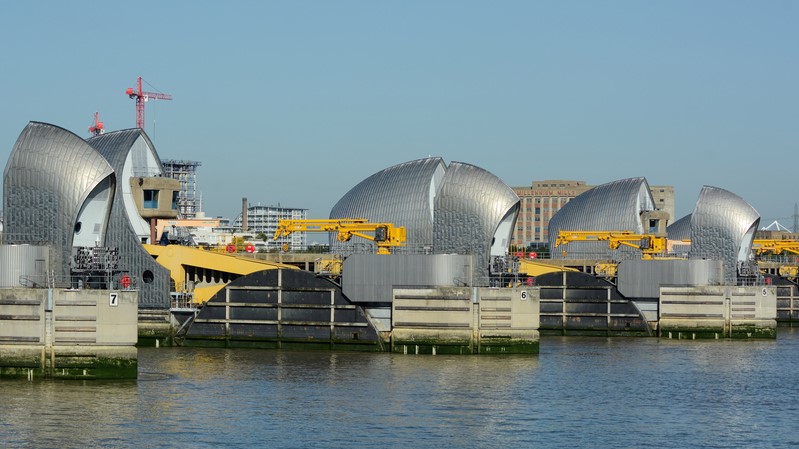
The Thames Barrier in south-east London, one of the largest movable flood barriers in the world, was completed 40 years ago this year.
The barrier, which spans 520m across the River Thames near Woolwich, was designed by Charles Draper and engineering company Rendel, Palmer and Tritton. It was constructed by Costain, Hollandsche Beton Maatschappij (HBM), and Tarmac. Cleveland Bridge, which last year fell into administration, built the circular flood gates.
The barrier divides the river into four spans, each of which is 61m across. It protects 125 sq km of central London from flooding caused by tidal surges. The 10 steel gates can be raised into position across the river. The larger main gates each weigh 3,300 tonnes and stand as high as a five-storey building. The gates are hollow, filling with water as they sink, and emptying as they emerge from the river.
Construction work on the project began in 1974, with completion in 1982. The barrier was used for the first time in 1983.
The barrier has closed a total of 205 times since it became operational (correct as of February 2022). Of these closures, 114 were to protect against tidal flooding, and 91 were to protect against combined tidal/fluvial flooding.
During the barrier’s construction, the Greater London Council (GLC), which managed the barrier, produced a documentary about the build. The documentary, split into three parts, can still be viewed on YouTube (above).
Comments
Comments are closed.



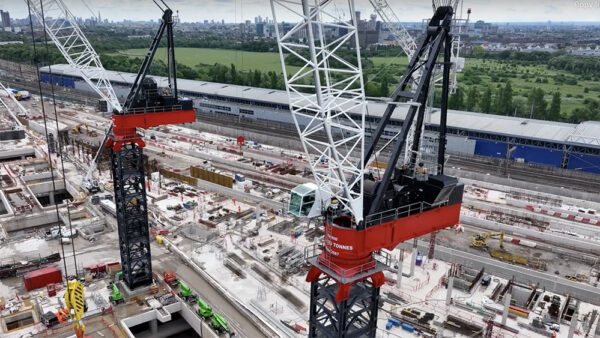

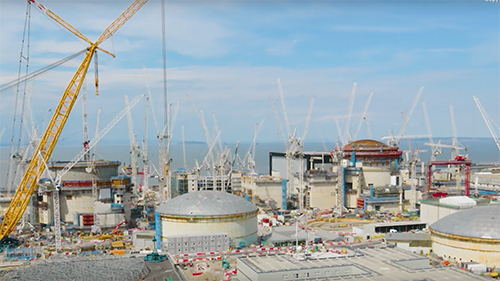
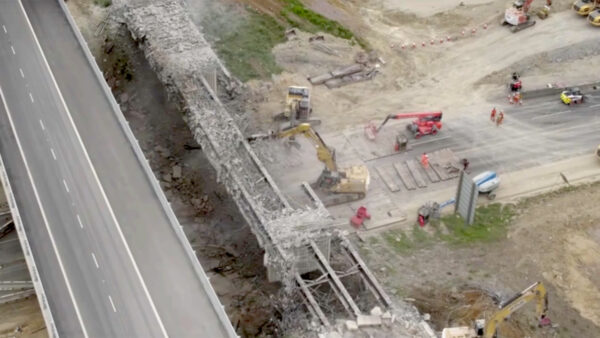
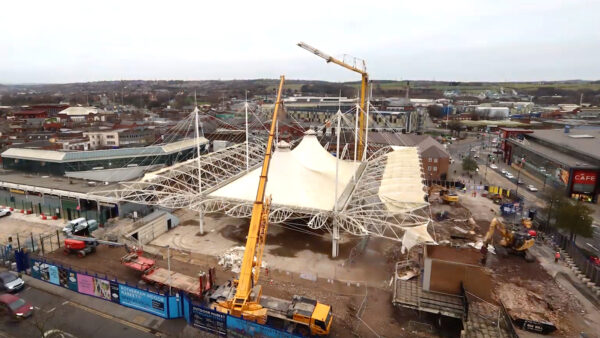




It may be of interest ,that when i was a Director of Tysons Plc from Liverpool, the company was responsible for the manufacture and the erection of the nine piers for the project , these housed the operations for turning the gates.
All these were manufactured in laminated Iroko timber and then covered in stainless steel. They were manufactured in sections in Liverpool , then erected by cranes on the Thames with the seams welded together insitu.
All this was carried out in 1982 and therefore must have been one of the first major projects undertaken in this form of construction and has lasted the test of time in a somewhat hostile weather and tide conditions
I worked at Cleveland Bridge and drew the detailed steelwork drawings for the Stainless steel housings, which at the time was quite difficult working out the angles and shaping; no CAD then! I had left one of the General Arrangement drawings on my board, upon my return one of the other draughtsmen had drawn a mouse on it as the joke was that it looked like a piece of cheese! I also inspected the welds with the other apprentices on the flood gates. We used to have to climb up inside of the sections using the internal structure as a sort of climbing wall. I was quite short (still am…) and nearly fell out on one occasion but the other apprentice in there caught hold of me and helped me up. I also welded up some temporary pieces used in the construction but after 40+ years can’t remember what they were for!!